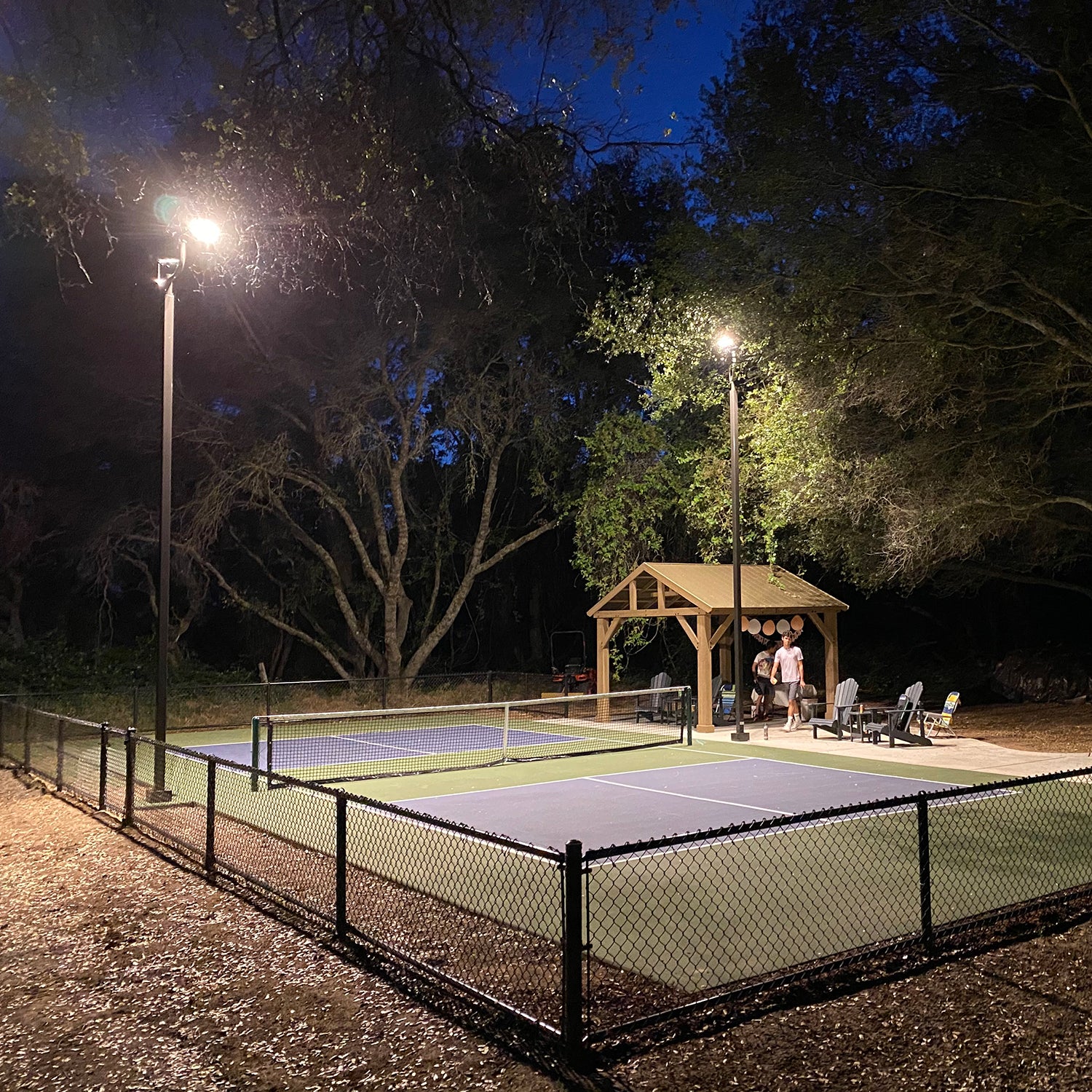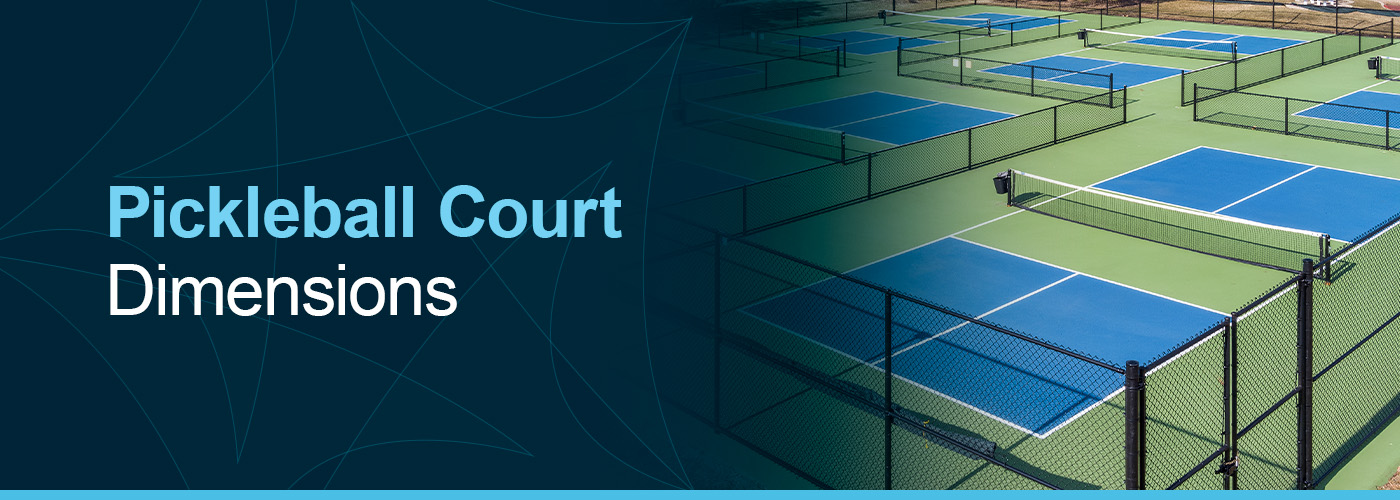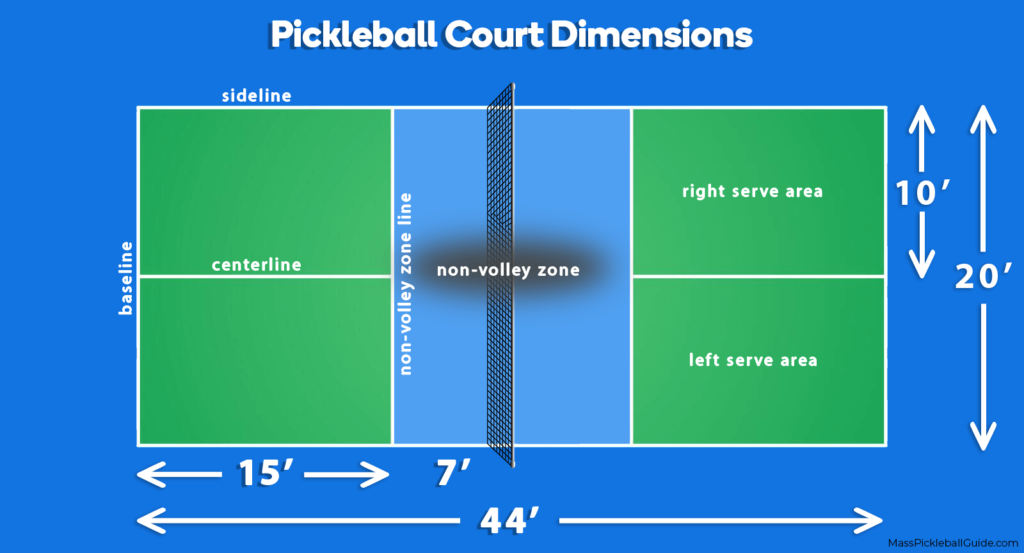Navigating Rules for Pickleball Court Building in Your Location
Building a pickleball court in your area calls for a nuanced understanding of different neighborhood policies, including zoning legislations, structure licenses, and safety requirements. Involving with local authorities and the community is critical for making sure conformity and promoting assistance.
Comprehending Neighborhood Zoning Legislations
When considering the building and construction of a pickleball court, recognizing local zoning legislations is vital to making certain conformity and staying clear of potential legal concerns. Zoning guidelines dictate exactly how land can be used and commonly consist of requirements pertaining to entertainment centers. These legislations can vary dramatically by district, affecting variables such as court placement, dimension, lights, and noise levels.
Before launching building, it is important to get in touch with the neighborhood zoning board or planning department to determine the particular policies that use to your home. Particular areas might restrict recreational tasks, while others may require specific permits or adherence to particular standards. It is likewise vital to take into consideration obstacles, which figure out just how much structures should be from residential property lines or various other buildings.
Furthermore, private developments, such as house owner associations (HOAs), might enforce their very own policies concerning the building and construction and use of pickleball courts. Comprehending these laws can prevent costly alterations or litigation down the line. Involving with neighborhood stakeholders and area participants can provide important understandings and foster assistance for your task, making sure that it straightens with the community's demands and expectations.
Getting Necessary Building Permits
How does one navigate the complexities of getting needed building licenses for a pickleball court? The process begins with understanding neighborhood regulations and demands stated by local authorities. Commonly, you will certainly need to submit a comprehensive site strategy that lays out the proposed court dimensions, products, and layout. This strategy should follow zoning laws and any details guidelines concerning leisure centers.

As soon as licenses are acquired, it is essential to comply with any examination schedules and needs throughout the building and construction phase. Preserving communication with regional authorities will certainly help with a smoother approval process and aid avoid possible troubles. By thoroughly preparing and understanding the permitting landscape, you can efficiently navigate the complexities associated with constructing a pickleball court while staying certified with all local regulations.

Assessing Environmental Influence
When preparing the building and construction of a pickleball court,A comprehensive assessment of environmental impact is essential (Pickleball court construction). This examination assists identify possible impacts on regional communities, water resources, and area appearances. Key aspects to take into consideration include website option-- making sure that the court is not built on environmentally delicate land, such this post as marshes or environments for threatened varieties
Soil security and drainage patterns should be examined to stop erosion and water merging, which can negatively impact surrounding plants and wild animals. Furthermore, the option of materials is essential; deciding for eco-friendly and sustainable choices decreases environmental damage.
The application of efficient stormwater monitoring techniques is an additional crucial facet, as it helps reduce runoff and sedimentation. Engaging with neighborhood ecological firms can provide useful understandings right into laws and finest practices particular to your location.
Last but not least, area input can be useful in understanding any type of neighborhood ecological concerns and fostering assistance for the task. By carrying out an extensive ecological impact assessment, stakeholders can make sure that pickleball court building aligns with lasting techniques and contributes positively to the neighborhood's environmental health and wellness.
Following Safety Requirements
Making certain compliance with safety requirements is vital for the effective building and construction and procedure of a pickleball court. Sticking to established security policies lessens the risk of injuries and crashes, ensuring a protected environment for gamers.
Key security standards include correct court dimensions, surface area products, and lighting requirements. The court has to meet the main measurements of 20 feet wide by 44 feet long for doubles play, with suitable buffer zones to stop injuries from wayward rounds. Pickleball court construction. The surface needs to be created from non-slip materials to enhance traction and decrease the probability of drops
In addition, illumination needs to suffice for evening play, supplying consistent lighting to avoid shadows that can prevent visibility. Local building regulations might likewise dictate certain demands for secure fencing and More about the author web elevation to ensure player security and avoid unauthorized accessibility to the court area.
Regular evaluations and maintenance are vital to copyright these requirements gradually. By focusing on safety and security compliance, court proprietors not just secure gamers yet additionally promote a favorable reputation within the community. This commitment to security can urge higher involvement and satisfaction of the sport, ultimately adding to its development and sustainability.

Engaging the Area in Planning
Neighborhood involvement in the preparation stages of pickleball court construction can significantly boost the task's total success. Involving regional homeowners and stakeholders cultivates a sense of ownership and urges collective decision-making, which can cause broader assistance for the initiative.
To efficiently involve the community, organizers must start public meetings or workshops, giving next a system for citizens to articulate their point of views and preferences regarding area, design, and features. Studies and feedback types can additionally be used to collect insights from a wider audience, guaranteeing that diverse viewpoints are taken into consideration.
Moreover, creating an area advisory board can help with recurring conversations and address concerns throughout the preparation process. This board can consist of reps from various demographics, such as regional schools, leisure companies, and community organizations, thus magnifying area depiction.
Efficient interaction is essential; updates concerning the project need to be consistently shared by means of e-newsletters, social media sites, or regional publications. By focusing on neighborhood engagement, coordinators can grow excitement, mitigate potential opposition, and develop a pickleball facility that really resonates with local worths and demands. This collaborative strategy not only enhances the task yet also enhances neighborhood ties.
Verdict
In verdict, browsing the complexities of pickleball court construction demands a thorough understanding of regional policies, including zoning laws, building authorizations, and safety standards. Conducting ecological analyses is crucial to alleviate eco-friendly effect, while area involvement can boost assistance for such tasks. By adhering to these standards and cultivating cooperation, effective application of pickleball courts can be achieved, promoting entertainment opportunities and neighborhood health. Proceeded diligence in these areas will certainly make sure certified and sustainable advancement.
Creating a pickleball court in your area requires a nuanced understanding of numerous regional policies, consisting of zoning laws, building permits, and safety criteria.When considering the construction of a pickleball court, recognizing neighborhood zoning legislations is essential to making certain conformity and preventing potential legal issues. By thoroughly preparing and comprehending the allowing landscape, you can effectively navigate the intricacies involved in building a pickleball court while remaining compliant with all local policies.
In conclusion, navigating the intricacies of pickleball court building and construction demands a detailed understanding of regional laws, including zoning laws, building authorizations, and safety requirements. By sticking to these standards and fostering partnership, successful execution of pickleball courts can be attained, advertising entertainment opportunities and neighborhood wellness.